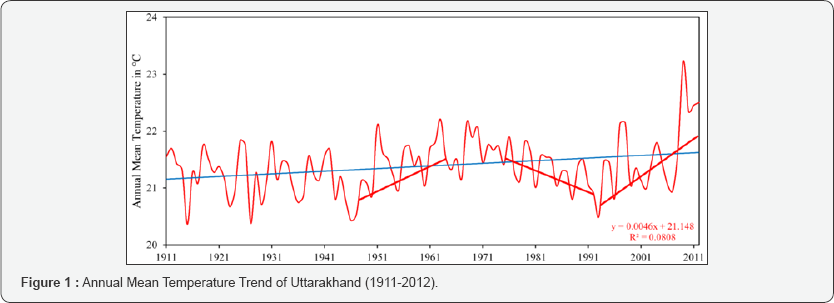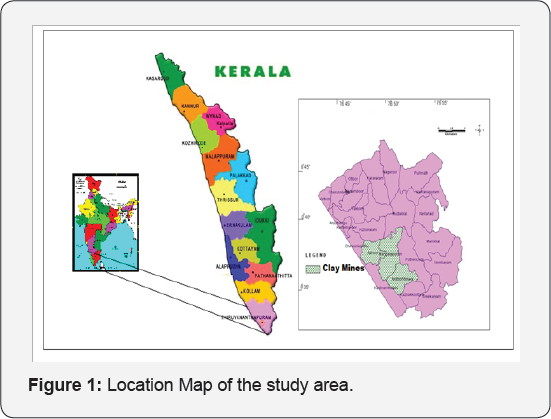
When a change in environmental factors occur, sediment-bound metals are released into overlaying water through the process of dissolution of metals, decomposition of organic matters and desorption (Zhu et al. However, the metal retention capacity of sediment is subjected to many environmental factors such as natural and anthropogenic disturbances of the river water and sediment, change in water pH and redox potential (Akan et al. In surface water, trace metals are carried away by water in suspended form and eventually deposited in sediment through the process of precipitation, co-precipitation, adsorption and chelation (Rabee et al. Heavy metals released from industries, municipal waste treatment plant sites, domestic and garages into surrounding surface water bodies impair the quality of water and sediment. Thus, the contaminated sediments can pose adverse biological effects on sediment dwelling organisms. The concentrations of Zn, Cr, Cd and Pb in Little Akaki River sediment surpassed eco-toxicological guideline limits of USEPA (threshold effect concentration) and CCME (Interim Sediment Quality Guidelines). The ecological risk (RI = 350.62) suggested that the contaminated Little Akaki River sediment can pose considerable ecological risks of pollution. PLI and hierarchical cluster analysis revealed that the highest pollution load occurred in the lower course of the river (S9) which may be due to metals inputs from anthropogenic sources. Geo-accumulation index and contamination factor values indicated that the sediments were moderate to very highly contaminated with toxic Cd and Pb. Enrichment factor values indicated that sediments were moderate to significantly enriched with Zn and Cr moderate to very highly enriched with Pb, and very highly enriched in all sampled sites with Cd. The objective of this study was to evaluate the enrichment levels, pollution load and ecological risks of selected heavy metals (Zn, Cr, Cd and Pb) using various indices. Most of inorganic pollutants such as toxic heavy metals released into the river are eventually adsorbed and settle in the sediment. Little Akaki River which drains through Addis Ababa City receives inorganic and organic pollutants from various anthropogenic sources.


Addis Ababa City’s river ecosystem is under extreme pressure as a result of inappropriate practices of dumping domestic and industrial wastes thus, threatening its ability to maintain basic ecological, social and economic functions.


 0 kommentar(er)
0 kommentar(er)
